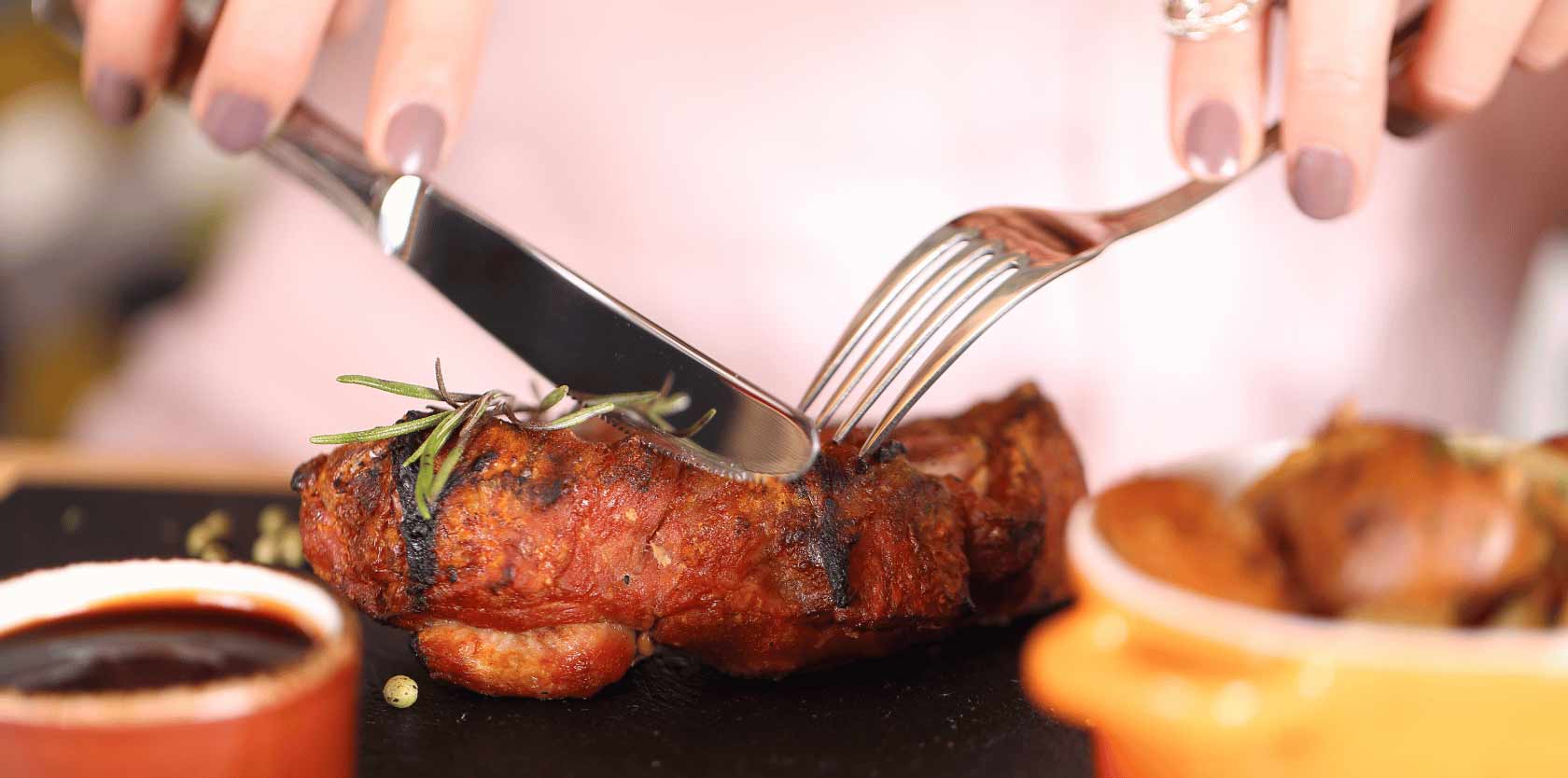Contributors

Suzanne Aitken
Health Promotion & Dietary Education Manager at Coeliac New Zealand
Subscribe to our newsletter
Thank you! Your submission has been received!
Oops! Something went wrong while submitting the form.


When someone with coeliac disease consumes gluten, the immune system attacks the lining of the small intestine - specifically the villi, which are responsible for absorbing nutrients. Iron is primarily absorbed in the duodenum (the first part of the small intestine), so if this area is damaged or inflamed, iron absorption can be significantly reduced. Iron deficiency is a common complication of untreated coeliac disease. Women are particularly at risk due to menstruation, pregnancy, and higher iron needs overall.
Before coeliac disease is diagnosed, many individuals are already deficient in iron due to damage in the small intestine, which prevents proper nutrient absorption. This can lead to symptoms such as tiredness, frequent headaches, dizziness, cold extremities, and difficulty concentrating.
If you suspect iron deficiency, the first step is a blood test - typically checking ferritin, haemoglobin, and iron levels. Diagnosis and treatment should always be guided by your healthcare team and may include increasing dietary iron, taking iron supplements, or, in some cases, receiving an iron infusion if appropriate.
Iron is a vital mineral that supports many essential processes in the body. It helps transport oxygen via the bloodstream, supports muscle metabolism, contributes to the production of certain hormones, and plays a key role in physical growth and brain development. Without adequate iron, many systems in the body can't function optimally.
Our need for iron changes throughout life. Periods of rapid growth - such as infancy, childhood, adolescence, and pregnancy - increase our requirements. Iron is also quickly depleted during menstruation, following injury or surgery, during intense physical activity, and in the presence of certain health conditions.
Interestingly, some people with coeliac disease don’t have digestive symptoms at all. Instead, they might just feel tired, dizzy, or cold all the time - classic signs of anaemia.
In fact, up to 9% of people with unexplained iron-deficiency anaemia may actually have undiagnosed coeliac disease. If you suspect coeliac disease, talk to your doctor to get a coeliac serology.
Iron deficiency can present with a range of symptoms, including:
Rebuilding iron levels can take time, especially for people recovering from the gut damage caused by coeliac disease. Here are five key strategies to help restore iron stores:
1. Prioritise iron-rich foods
Focus on including a variety of iron-rich foods in your daily meals:
2. Pair with Vitamin C
Vitamin C enhances the absorption of non-haem iron. Include foods like:
🍊 Oranges, lemons
🍓 Strawberries
🍅 Tomatoes
🫑 Capsicum
3. Avoid iron blockers at mealtimes
Some foods and drinks can reduce iron absorption, especially when consumed with iron-rich meals. To maximise iron uptake, avoid consuming:
Separate these items from your iron-rich meals by at least 1-2 hours when possible.
4. Consider supplements or infusions
If dietary changes aren’t enough, your healthcare provider may recommend iron supplements or infusions. Some people with coeliac disease don’t absorb oral iron well, so infusions may be more effective.
5. Heal the gut
The most important step for long-term improvement is strict adherence to a gluten-free diet. As the gut heals, its ability to absorb iron and other nutrients will improve. Healing rates vary, but with time and consistent care, many people see significant improvements in both symptoms and lab results.
Suzanne is a Registered Dietitian with over 16 years’ experience in primary healthcare, with a strong focus on women’s health, nutrition, and supporting vulnerable communities. She is passionate about empowering women to make informed, sustainable lifestyle choices that improve overall wellbeing.
As the Health Promotion & Dietary Education Manager at Coeliac New Zealand, Suzanne leads education and advocacy initiatives to raise awareness of coeliac disease and improve access to safe, gluten-free options—especially important for women, who are more likely to be affected and often manage family food choices. She regularly delivers workshops and webinars, combining clinical expertise with practical, relatable advice.
Through her work, Suzanne champions health equity, improved nutrition literacy, and safer food environments for those living with coeliac disease and related conditions. Her approach blends science with empathy, making her a trusted voice in women’s nutrition and community health.